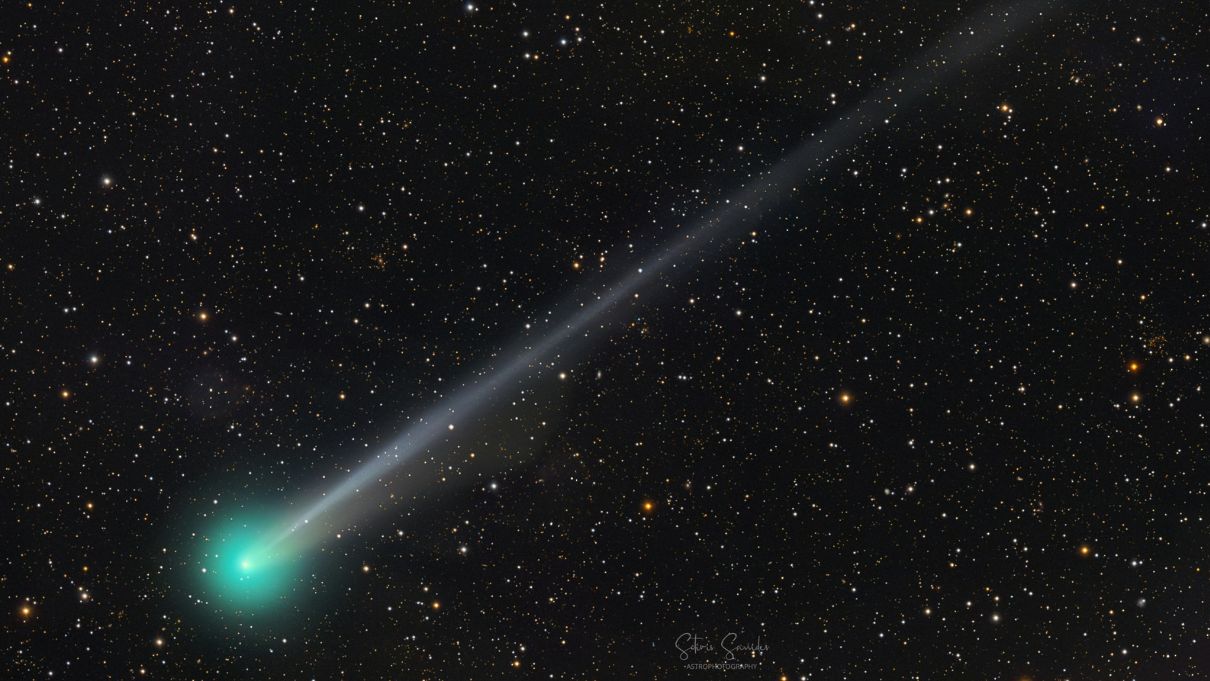Science
Unbelievable MIT Discovery: Rocks That Remember the Moment How Earth Was Formed
04 November 2025

Night sky observation has gained new heroes. This is all thanks to the discovery of three new comets that will be visible in just a few days. The most popular search is Comet Lemmon, which you may be able to see with the naked eye.
A real treat for night sky enthusiasts is coming. A new phenomenon will soon appear in the night sky. Recently discovered by astronomers, Comet Lemmon is preparing for a spectacular encounter with Earth. Although it was previously a mysterious visitor seen mainly by experts, now everyone will be able to see it with their own eyes.
On January 3, 2025, astronomers at the Mt. Lemmon Observatory in Arizona made an extraordinary discovery. They spotted a new comet, which they named Lemmon. They managed to observe it through the precise use of a 60-inch telescope, even though it was far from Earth at the moment of discovery. Currently, however, the situation has changed, and observing this cosmic wanderer is much easier.
Comet Lemmon is currently moving deeper into the Solar System. Experts predict that it will be closest to our planet on October 21st. It will pass at a distance of about 89 million kilometers from Earth, before then heading towards perihelion. It will reach the closest point of its orbit relative to the Sun on November 8th.
Since astronomers discovered the existence of Comet Lemmon, its brightness has significantly increased. It is worth noting that astronomers measure the brightness of celestial objects using the magnitude scale. A lower value indicates brighter light; the comet had a magnitude of +21.5 in January, while a sudden increase in brightness occurred in August. Now it has reached the +7 level, which is good news for us.
The brighter the comet, the higher the probability of seeing it from Earth. If the trend of increasing brightness continues, and the sky remains dark and free from city lights, Comet Lemmon may become a reality for the naked eye.
Starting October 18th, the Moon will cease interfering with observations. In turn, this will make spotting Comet Lemmon in the sky slightly easier. How do you find it? Simply look at the western part of the sky after sunset and search for a green point.
Comet Lemmon is not the only one that will be visible in the coming days. Two others will appear alongside it. Which ones?
The first is Comet SWAN. Its name comes from the SWAN instrument, which serves to discover new comets. Interestingly, astronomers discovered this particular comet just a few weeks ago, right before its closest approach to Earth. This occurs on October 20th, when the comet will be approximately 39 million km from our planet. You will be able to see it in the western part of the sky after sunset.
The second is Comet ATLAS. It is not as bright as Lemmon and SWAN, but its brightness is increasing because it is approaching the Sun. If you want to see it, observe the sky for the next few weeks just before dawn.
Moreover, the mentioned comets are not the only treat for astronomy fans, as October spoils night sky lovers with many phenomena. The Draconids, also called the Dragon Shower, already appeared at the beginning of the month. In addition to this, fans can admire the Aurora Borealis, which delights not only experts but also amateurs.
Worth reading about The Vanishing Planet Right Next Door
October is an excellent time for observation, packed with unique objects and events: Comet Lemmon, its companions SWAN and ATLAS, the Draconids, and the Aurora Borealis. For the best chance at Comet Lemmon naked eye, head outside on a clear, dark evening, give your eyes 20–30 minutes to adapt, and scan the western sky after sunset. With a bit of luck and a dark horizon, Comet Lemmon naked eye could be within your reach.
Read this article in Polish: Kometa Lemmon zbliża się do Ziemi. Będzie widoczna gołym okiem
Science
04 November 2025


Science
03 November 2025

Zmień tryb na ciemny